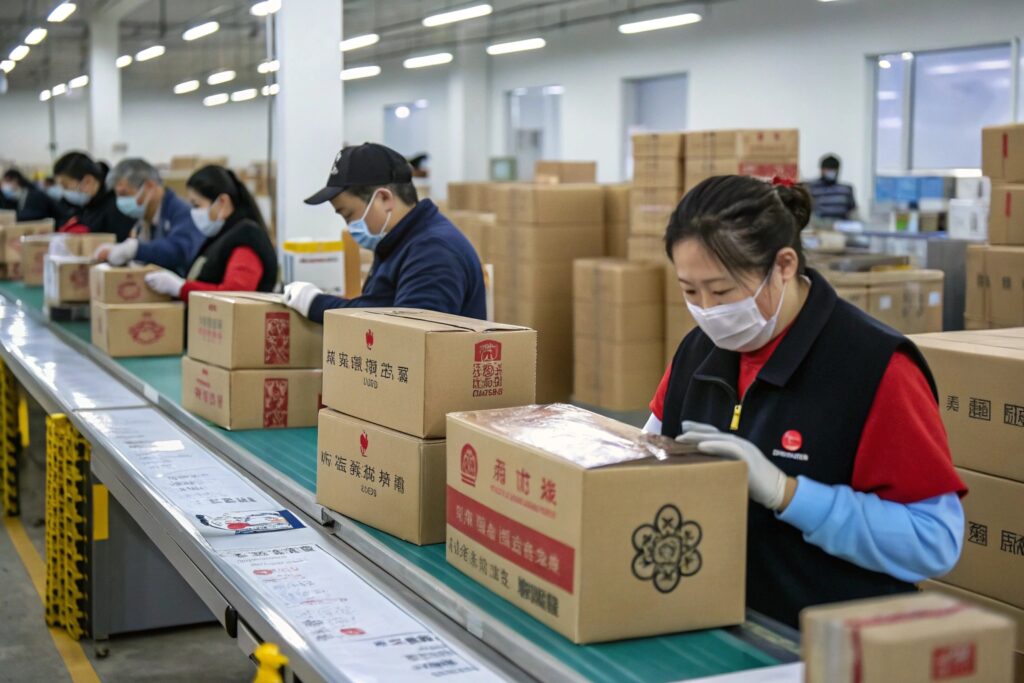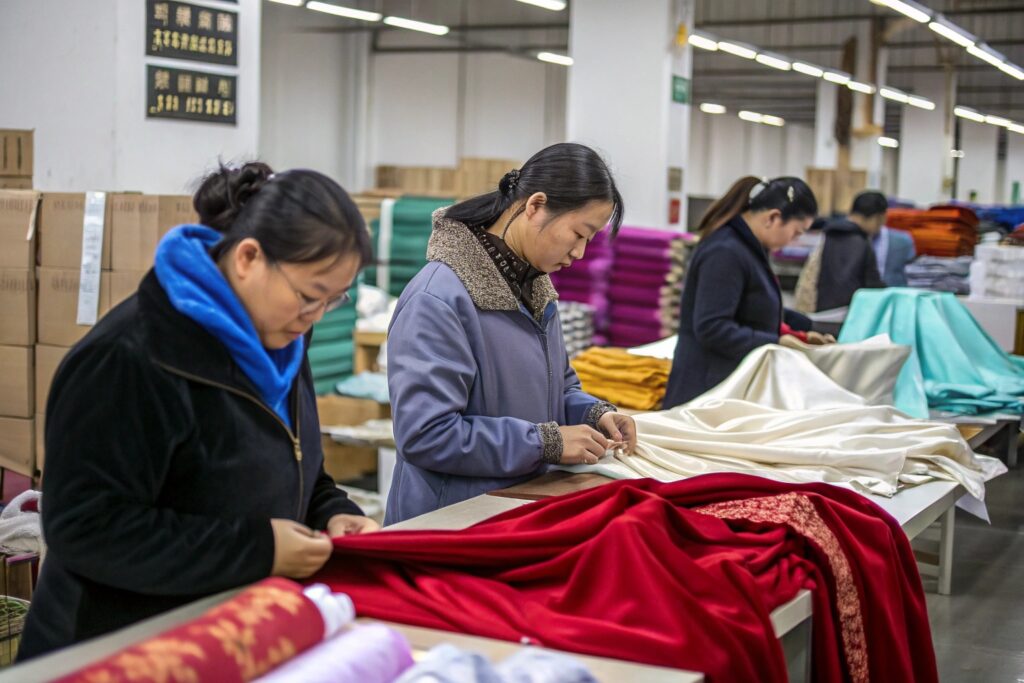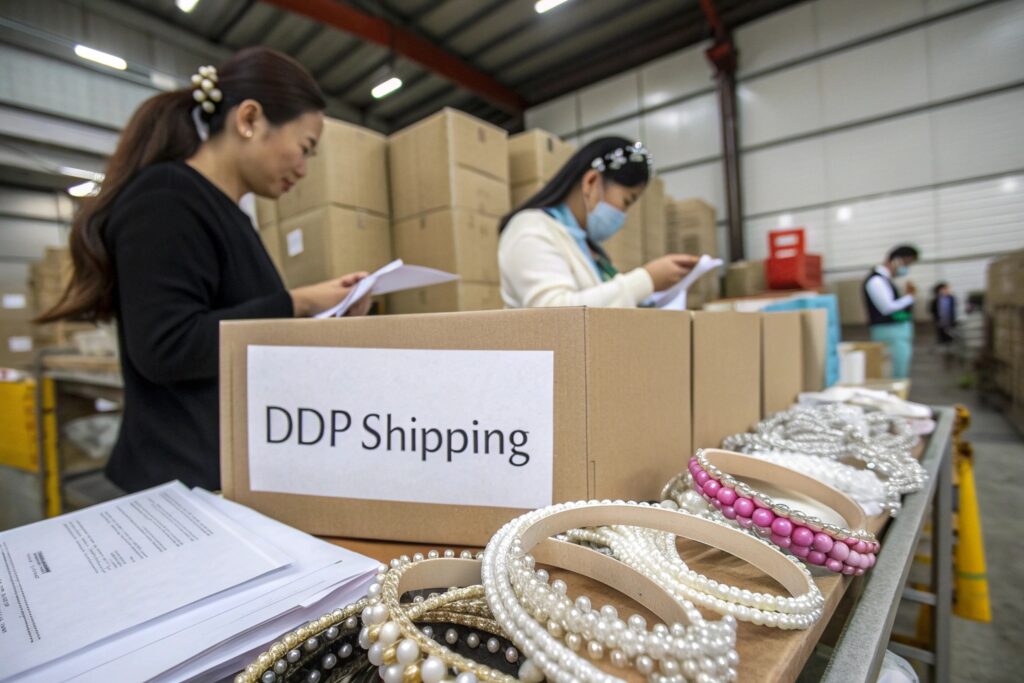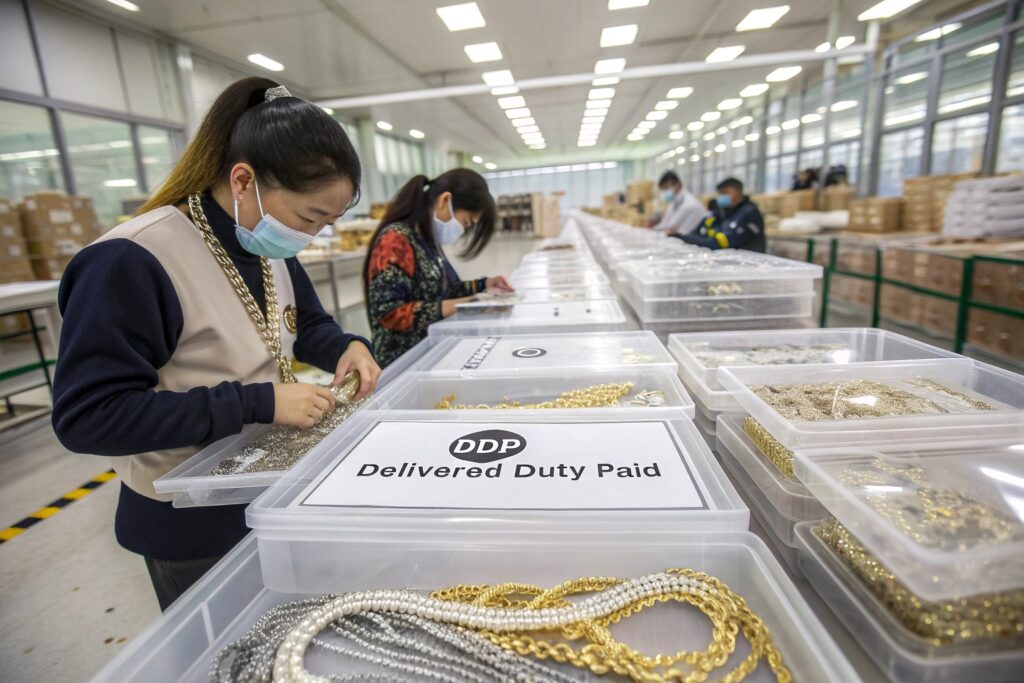You’ve confirmed your next hair chain collection. But after calculating customs duties, your profits shrink. You feel stuck between quality and cost.
A professional hair chain manufacturer can reduce tariff impacts by offering DDP shipping, diversified sourcing, alternate HS codes, bonded warehouse usage, and compliant documentation—helping you avoid excessive duties and maximize margins.
Let’s break down how the right factory partner doesn’t just produce—but protects your business from hidden tariff burdens.
How to reduce the impact of tariffs?
When tariffs hit, importers either raise prices or shrink profits. But there’s a smarter way: work with manufacturers who understand trade policy and actively help you reduce duty exposure.
To reduce tariff impact, partner with suppliers who offer DDP terms, diversify production bases, adjust product categorization legally, or utilize bonded zones and free trade agreements.

What are the most effective strategies for lowering tariff costs?
| Strategy | Description | Example |
|---|---|---|
| DDP (Delivered Duty Paid) | Manufacturer handles duties, customs, and delivery | We deliver hair chains to your US/EU warehouse with no import hassle |
| Dual-country production | Split parts between low-tariff countries (e.g. Vietnam, Indonesia) | Partial assembly outside China, final packaging in Vietnam |
| HS Code Optimization | Choose legally valid product codes with lower duties | HS 9615.11 vs HS 9615.90 for different styles |
| Free Trade Zone (FTZ) Logistics | Store goods duty-free until needed | Use Shanghai bonded zone to delay tariffs |
| OEM Branding | Register as “personal accessories” for lower rate classes | Hair chains rebranded as fashion accessories |
I work with clients who saved 15% to 30% on landed costs just by using these tactics. It’s not about cheating the system—it's about navigating it smartly.
How will tariffs affect the hair industry?
Hair accessories are small, light, and high-margin. But when tariffs increase, even a few percent can wipe out your profit—especially for budget fashion or e-commerce bundles.
Tariffs increase total landed costs for hair accessories, reduce profit margins, complicate sourcing decisions, and push buyers to seek tariff-friendly suppliers.

What changes are happening in the hair accessory trade due to tariffs?
- Higher product costs: Many items like hair chains, claw clips, and pins now face 7.5%–25% US tariffs
- Shift in sourcing: Buyers move from China to countries with free trade deals (e.g. Vietnam, Bangladesh)
- Increased interest in DDP: Buyers rely on suppliers to “solve” the duty cost via end-to-end logistics
- Drop in impulse buys: Retailers reduce low-cost SKUs affected by tariffs
- Pressure on OEM factories: Clients demand cost-down strategies from Chinese suppliers
At HairAcc, we adjust our sourcing chains based on the latest US tariff lists. For instance, some of our metal components are now sourced from non-tariff regions, then assembled in China. This approach ensures compliance while avoiding cost spikes.
How are supply chains affected by tariffs?
Tariffs don’t only affect final prices—they change how suppliers buy raw materials, assemble products, and choose routes. One wrong link in the chain can raise costs dramatically.
Tariffs complicate supply chains by increasing customs clearance time, shifting sourcing geography, raising raw material costs, and forcing companies to redesign their logistics strategies.

What supply chain stages are most affected?
| Stage | Tariff-Driven Effects |
|---|---|
| Material Sourcing | Preference shifts to domestic or low-tariff country materials |
| Manufacturing Location | Some factories move steps abroad to reduce duty exposure |
| Assembly & Packing | Relocation to countries with FTAs for final packaging |
| Export Documentation | Requires accurate classification and proof of origin |
| Freight Route Planning | Select DDP routes with minimal inspection delays |
At HairAcc, we operate with a multi-point QC and logistics model:
- Raw materials sourced in Zhejiang and Southeast Asia
- Components assembled in our main factory
- Products routed via bonded warehouses
- Delivered DDP to your warehouse (USA/EU)
Our clients don’t see the chaos—we shield them from it with a stable, tariff-optimized pipeline.
What can companies do to avoid tariffs?
Avoiding tariffs doesn’t mean dodging laws. It means working within trade frameworks to minimize exposure—legally and strategically.
Companies can avoid or minimize tariffs by working with manufacturers who offer DDP, optimize HS codes, use free trade zones, and offer final assembly outside high-tariff countries.

What proactive steps should buyers take?
- Work with DDP suppliers – Shift the tax burden to the factory with clear customs support
- Request HS code disclosures – Ask what codes are used, and review them with customs brokers
- Negotiate part-country production – For large volumes, consider packaging outside China
- Use bonded warehouse strategy – Store until release needed, delaying tax liability
- Study free trade treaties – If your country has agreements (e.g., EU-Vietnam), ask the factory to align
At HairAcc, we’ve helped US clients reduce duty impact by more than 20% through better planning. Our operations team constantly monitors tariff updates and recommends packaging routes accordingly.
Conclusion
Tariffs aren’t going away. But the pain they cause can be minimized—if your hair chain supplier works with strategy, not just scissors and glue. At HairAcc, we believe every invoice should come with peace of mind. Let us show you how production meets protection.









